Serverfarm Acquires Houston Data Centers
This marks the company’s entry into the Texas market.
Data center developer and operator Serverfarm has acquired two Houston data center campuses positioned to deliver near-term capacity to the market through the sustainable modernization of preexisting buildings.
It’s the company’s entry into the Texas market, expanding its colocation capabilities across the U.S. The two data centers—HOU1 and HOU2—provide over 500 MW of new potential capacity.
The transaction was funded with equity commitments from Manulife Investment Management (on behalf of Manulife Infrastructure Fund II, Manulife Infrastructure Fund III and its affiliates), Serverfarm’s majority shareholder, and other minority shareholders. CBRE Data Center Capital Markets exclusively advised the seller.
Serverfarm said in a release that the first phase of one campus is preleased to a large customer, and both campuses are attracting intense interest from hyperscalers and other technology companies.
READ ALSO: More Data Centers, Please!
Serverfarm’s HOU1 data center facility has a current capacity of 350,000 square feet and a line-of-sight of 410 MW of customer capacity. The HOU2 data center campus spans nearly half a million square feet in two buildings and has secured customer capacity to scale to 100 MW using existing grid power.
The sites have a combined acreage of 250 acres, and both campuses have on-site substations with unused available capacity. This uniquely positions Serverfarm to serve the Houston metro at an unprecedented scale, the firm said in a release.
Houston is the seventh-largest U.S. metro economy, home to 7.3 million people, and boasts a GDP of over $630 billion. According to Serverfarm, the central location, skilled workforce, energy infrastructure and business-friendly regulations and tax environment make Houston and the broader Texas area leaders in digital and energy transformation.
Vacancy levels reaching all-time lows
Carl Beardsley, US Data Centers Leader, JLL Capital Markets, told Commercial Property Executive: “Existing data center sites with immediate capacity are in high demand due to a combination of vacancy levels reaching an all-time low and power lead times continuing to push out across the country.”
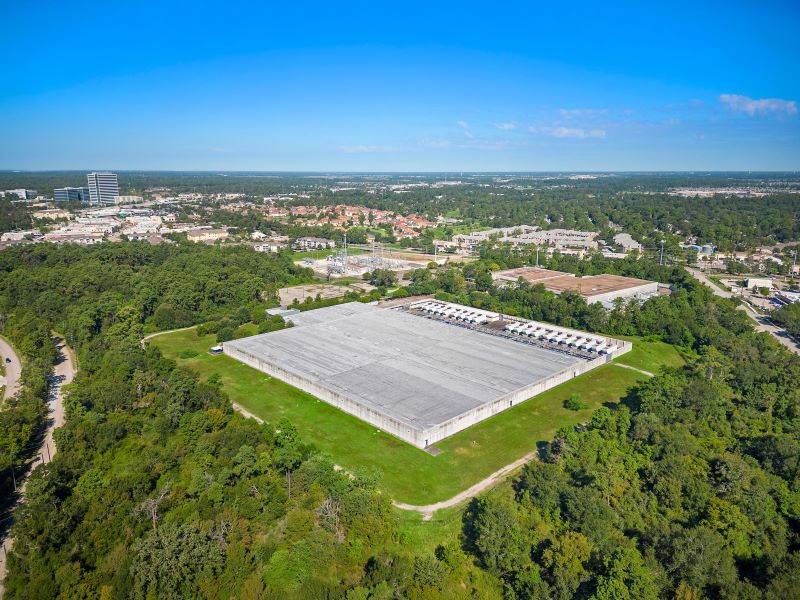
He added that many data center site requirements prioritize timing to procure the power over being in a top five data center market as generative AI deployments are more location agnostic, prioritizing timing to get the power versus being in a certain latency zone.
Bo Bond, Cushman & Wakefield executive managing director, told CPE that interest in large-scale power availability, plentiful land and less strict latency requirements for AI had driven hyperscalers and operators to expand in a host of historically emerging markets.
“Demand for artificial intelligence and cloud data centers surged in the first half of 2024 in both established and peripheral markets, and absorption is poised to surpass last year’s record levels,” Bond said.
This trend will continue to be driven by providers and investors prioritizing power transmission and hyperscaler deployment, he added. “Despite an expanding pipeline of data center development, demand continues to outpace supply, resulting in consistently declining vacancy rates across the board.”
In July, Microsoft announced it would more than double the size of a data center campus in Medina County, Texas, in the San Antonio metro, the San Antonio Business Journal reported based on a filing with the Texas Department of Licensing and Regulation.
The planned single-story, 244,000-square-foot building reportedly will offer space for up to five tenants. According to SABJ, construction is scheduled to begin in April 2026 and has a tentative dollar value of $483 million.
Robert Martinek, director at EisnerAmper, said that although the overall commercial real estate market has struggled since the pandemic, data centers have grown robustly, doubling their market size in the past four years.
“This has been driven by strong demand for IT and increasingly high-density IT systems advances in cloud-based solutions, artificial intelligence and other new applications and technologies,” Martinek said.
He added that despite the North American data center inventory growing by 20 percent over the past year, active markets including Northern Virginia, Chicago, Dallas-Fort Worth and Silicon Valley have all seen significant net absorption increases and vacancy rates falling below 3 percent. According to Martinek, supply shortages and a high demand during this period have caused average asking rates in these markets to surge by 20 percent year-over-year.
“High-performance computing will require rapid innovation in data center design and technology to manage rising power density needs. Rapidly evolving technologies will further drive and sustain this trend in 2025 and beyond,” Martinek said.
Data center hiring is a challenge
Finding the right talent remains a challenge for data center operators, a vital issue amid rapid growth in this sector, according to a new report from JLL.
The firm’s data center report findings indicated that the booming demand showed no sign of slowing down at midyear, as vacancy set a record low of 3 percent, and occupancy has increased at a 30 percent compound annual growth rate since 2020.

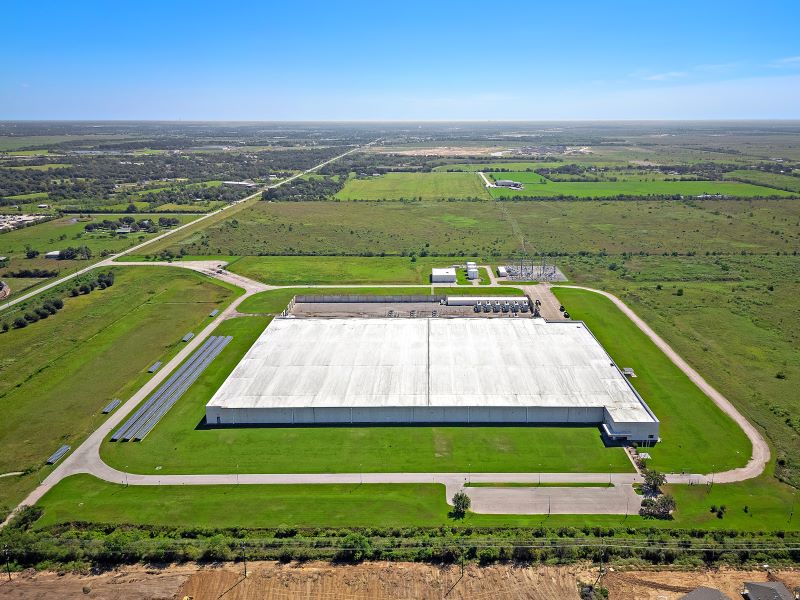
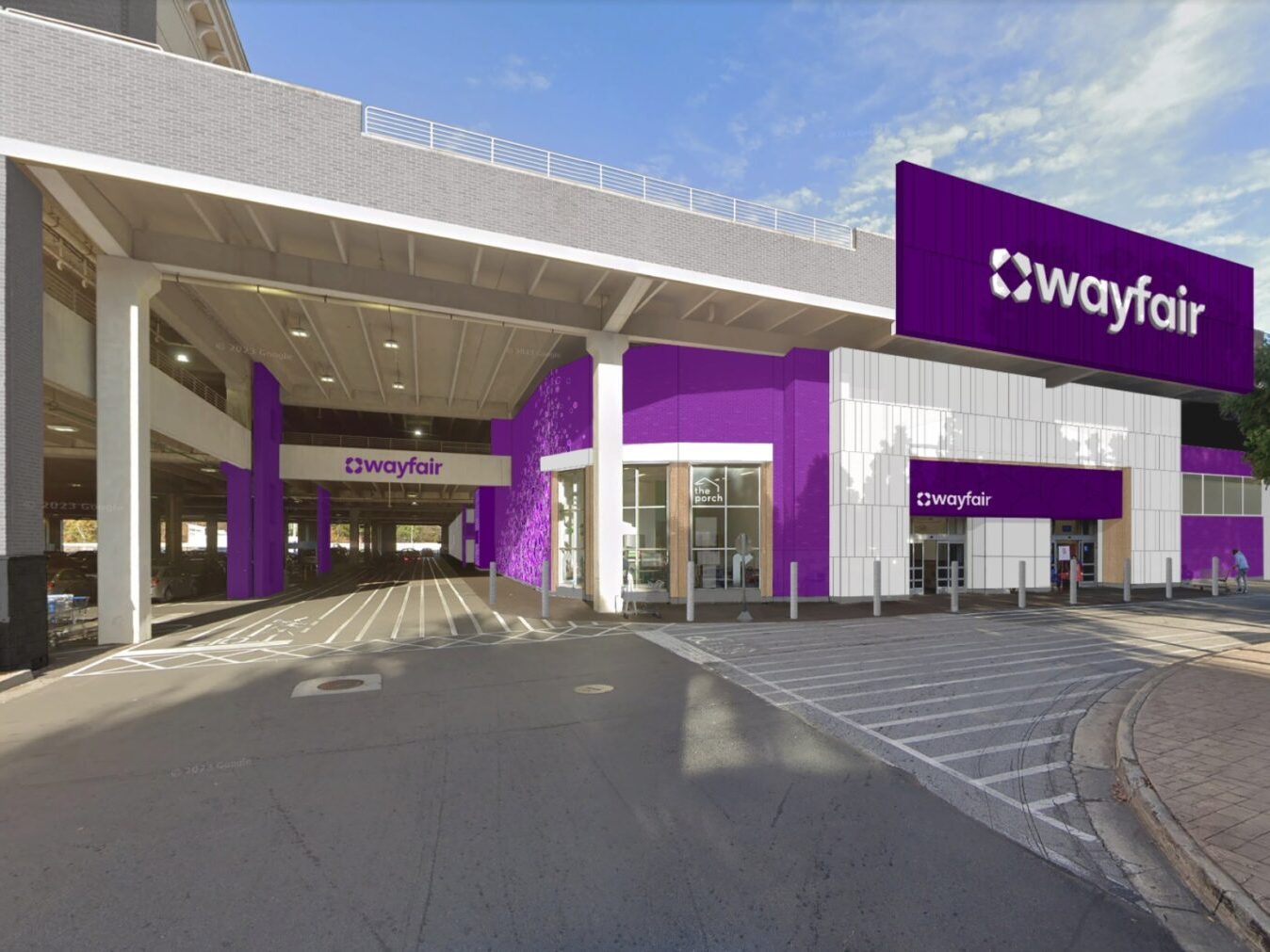
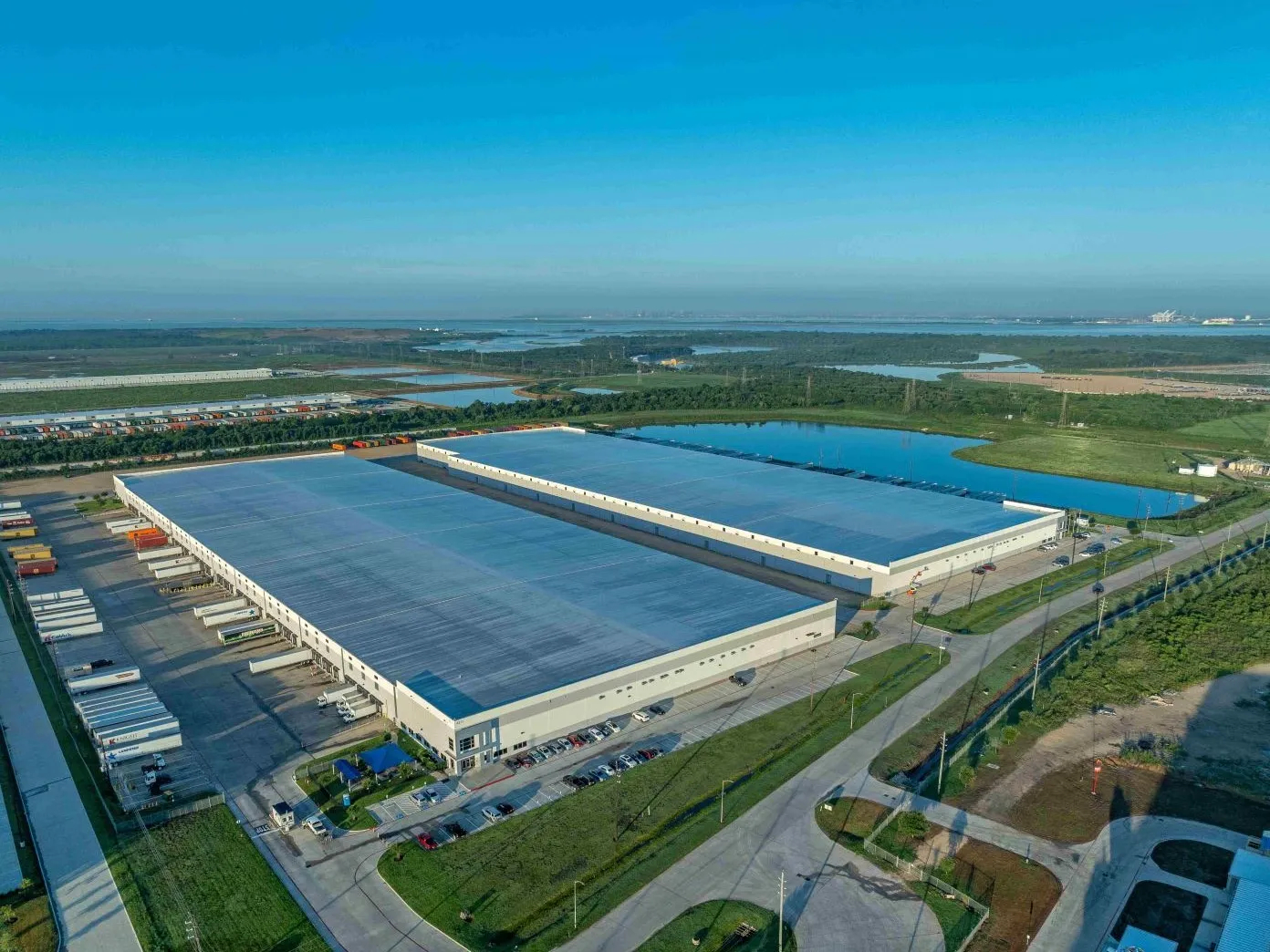
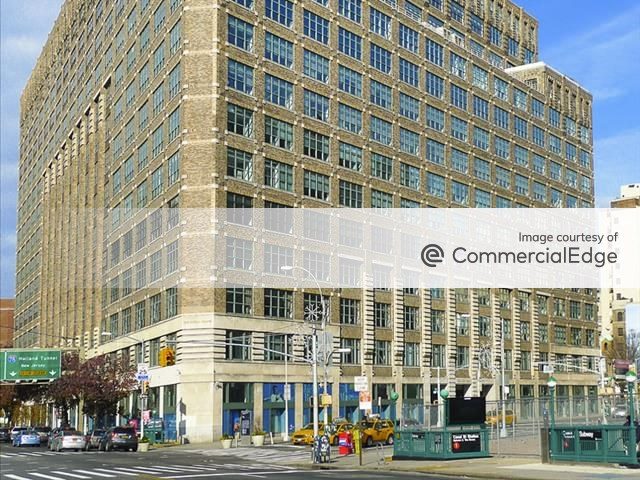
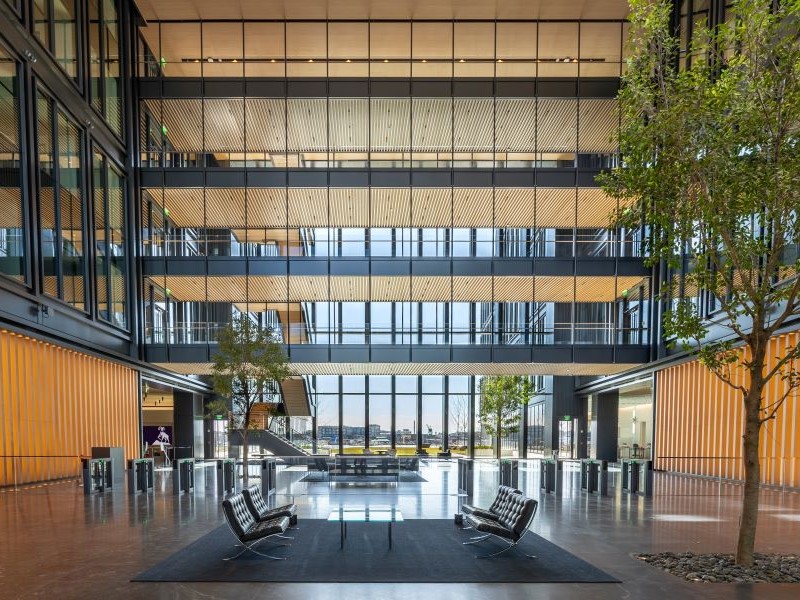
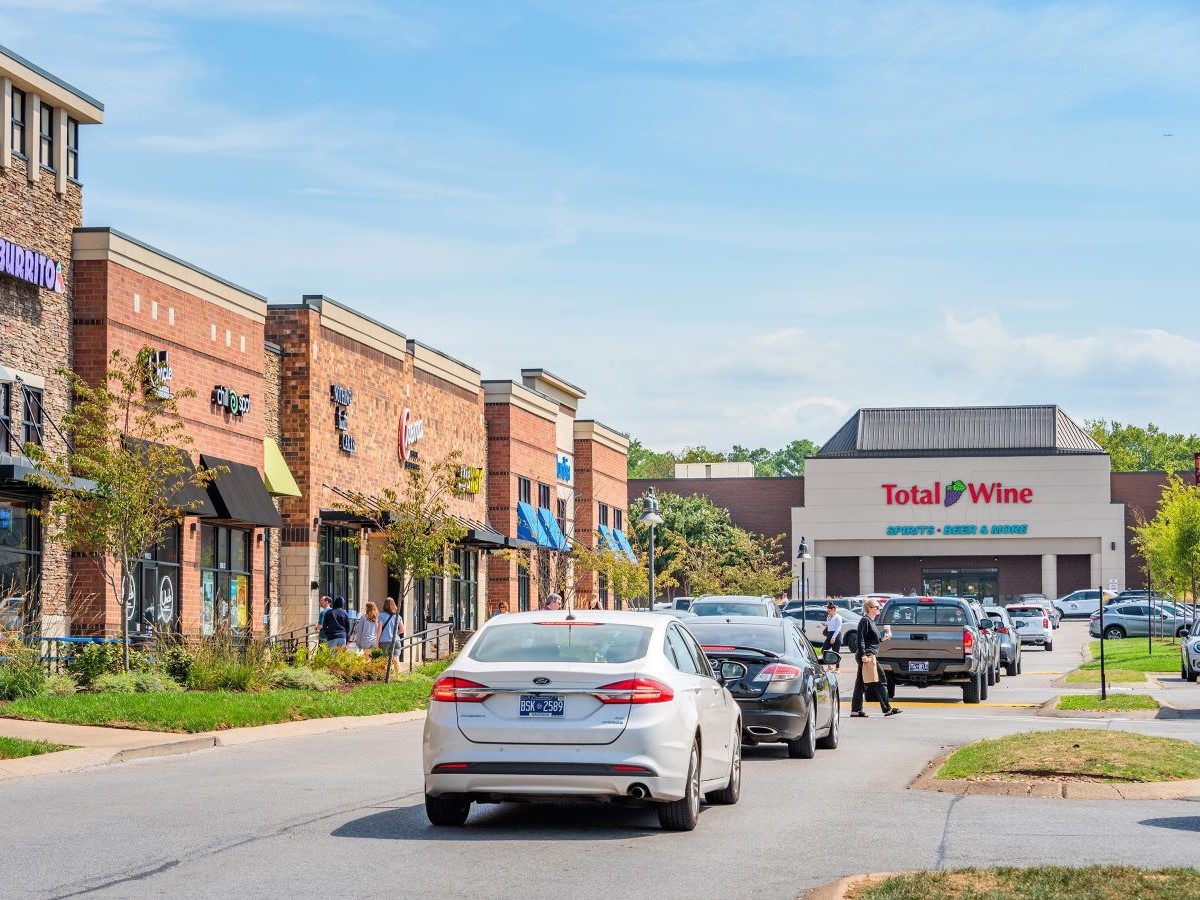

You must be logged in to post a comment.